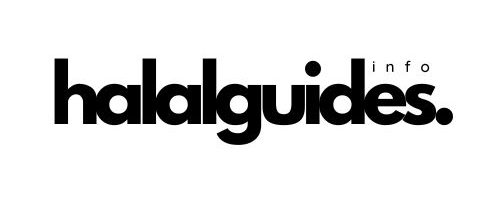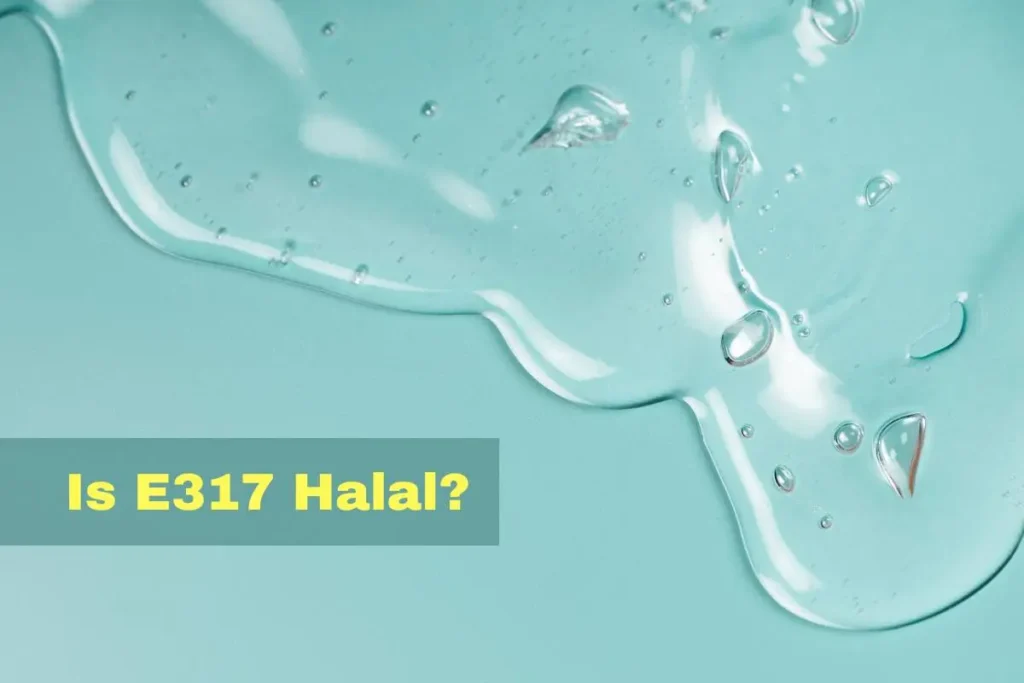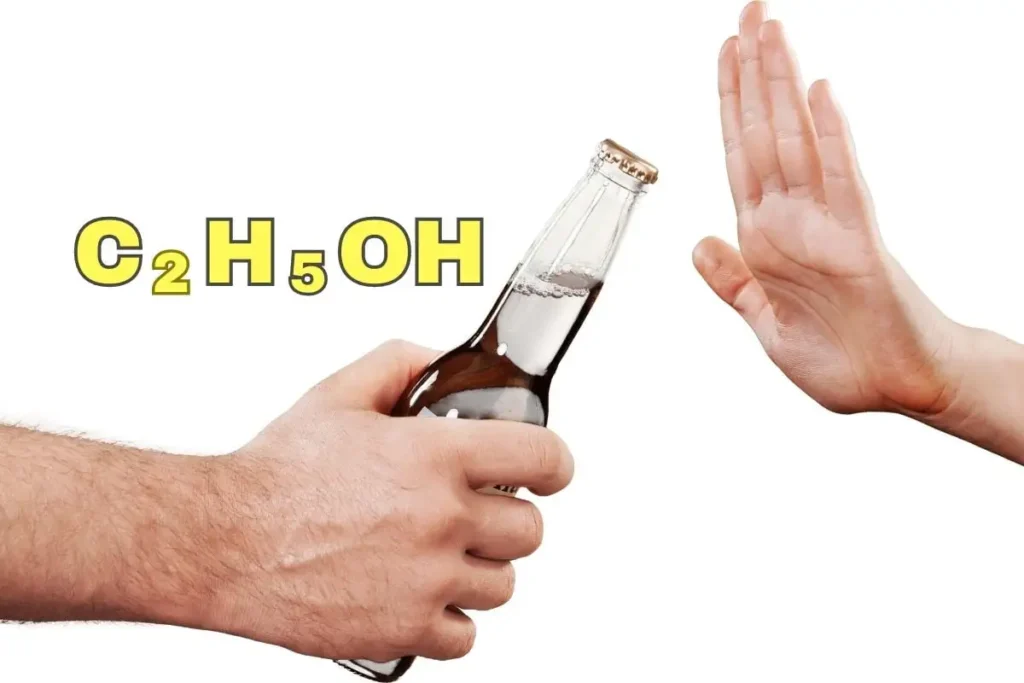Assalamualaikum brothers & sisters! Curious about E317 Erythorbic Acid and its Halal status? You’ve landed on the right page. Let’s unravel the mystery of this compound together.
Key Takeaways
| 📌 Erythorbic acid (E317) is a food ingredient used to keep food fresh and safe to eat. It can come from different sources like sugar or certain fungi. |
| 📌 Erythorbic acid is generally safe to use, but it might cause mild stomach problems in some people. It doesn’t have strict usage rules, but it’s a good idea to talk to an expert before using a lot of it. |
| 📌 Whether Erythorbic acid (E317) is considered Halal or Haram can be uncertain because of how it’s made. It’s produced using a process that may or may not involve ingredients compliant with Islamic dietary guidelines, making it a bit unclear. |
What is E317?
Erythorbic acid, also known as isoascorbic acid or D-araboascorbic acid, is a stereoisomer of ascorbic acid (vitamin C). It’s synthesized through a reaction between methyl 2-keto-D-gluconate and sodium methoxide.
But did you know it can also be produced from sucrose or by specific strains of Penicillium? Fascinating, right?
Chemical Structure
The systematic IUPAC name for Erythorbic acid is (5R)-5-[(1R)-1,2-Dihydroxyethyl]-3,4-dihydroxyfuran-2(5H)-one. With a chemical formula of C6H8O6, it has a molar mass of 176.124 g·mol−1.
But what does this mean for you? Well, understanding its structure can give insights into its properties and uses.
What Is E317 Made From?
E317, or Erythorbic acid, is synthesized from methyl 2-keto-D-gluconate and sodium methoxide. Another interesting fact? It can also be derived from sucrose or by specific strains of Penicillium that are chosen for this unique feature.
Let’s dive deep into its creation process. E317 is primarily synthesized from a compound called methyl 2-keto-D-gluconate, combined with sodium methoxide. Sounds a bit scientific, doesn’t it? But that’s the beauty of chemistry, transforming simple compounds into something more complex and useful.
But wait, there’s more! Did you know there’s another way to produce Erythorbic acid? Yes, indeed! It can be derived from something as common as sucrose.
And if that wasn’t intriguing enough, certain strains of Penicillium, specifically chosen for this purpose, can also be the source. Imagine that! From a fungus to a widely-used compound in our foods.
| Source | Method |
|---|---|
| Methyl 2-keto-D-gluconate | Synthesized with sodium methoxide |
| Sucrose | Processed to derive Erythorbic acid |
| Penicillium strains | Cultivated and processed to produce Erythorbic acid |
Isn’t it fascinating how one compound can have multiple sources and methods of production? It’s like a behind-the-scenes look into the world of food chemistry!
Possible Side Effects
Erythorbic acid (E317) is generally considered safe and no significant side effects have been reported. However, some mild side effects such as stomach pain and irritation, diarrhea or constipation, and nausea may occur with the use of erythorbic acid.
It’s crucial to highlight that erythorbic acid enjoys a well-established reputation for safety, and no strict dosage restrictions are in place. However, it remains prudent for individuals to consider consulting experts before embarking on prolonged and substantial use of erythorbic acid.
Regulations and Guidelines
Erythorbic acid is listed as a generally recognized as safe (GRAS) substance by the US Food and Drug Administration (FDA) when used in accordance with good manufacturing practice.
It is also authorized as a food additive in the European Union (EU) in accordance with Annex II and Annex III to Regulation (EC) No 1333/2008.
Dosage and Administration
When it comes to dosage and administration, it’s crucial to follow guidelines and recommendations. Erythorbic acid is typically added to food products at a concentration of 0.1-0.5%. The maximum level of erythorbic acid authorized for use in food as an antioxidant is 3000 mg/kg.
Is E317 Halal or Haram?
Let’s tackle the burning question on everyone’s mind: Is E317 Halal? Well, it’s not as straightforward as you might think. The Halal status of E317 hinges on its origin and how it’s produced.
E317 is industrially manufactured through the fermentation of sucrose with Penicillium sp. However, it’s uncertain whether the fermentation process employs halal or haram ingredients, which places it in the syubhat or doubtful category.
Find out more:
Is E312 Halal or Haram?
Is E318 Halal or Haram?
Conclusion
As our journey through the intriguing realm of E317, Erythorbic acid, comes to a close, we’ve unveiled its diverse origins and vital role as a food preservative. Yet, the question of its Halal status lingers in uncertainty. E317, synthesized through multiple methods, holds a “doubtful” (syubhat) Halal classification due to the ambiguity surrounding its production.
In the complex landscape of food chemistry, remember that seeking clarity on the Halal status of additives is a multifaceted task. Always rely on reliable sources and expert advice to make informed choices aligned with your dietary preferences. In this quest for understanding, knowledge remains the beacon of light.
Allahu A’lam (Allah Knows Best)
FAQ
What is the source of E317?
E317, Erythorbic acid, can be synthesized from methyl 2-keto-D-gluconate, sucrose, or specific strains of Penicillium.
Is E317 safe for consumption?
Yes, E317 is generally considered safe for consumption. However, always consult with a professional or trusted source for any concerns.
What are some common food products that contain E317?
E317 is widely used as an antioxidant in processed foods, cured meats, and frozen vegetables.
What is the CAS number of E317?
The CAS number for Erythorbic acid is 89-65-6.
Is E317 banned in any country?
E317 is not banned in major countries. However, always check local regulations and guidelines for the most accurate information.
- Is Pop Tarts Halal? What You Need to Know - February 18, 2024
- Are Graham Crackers Halal in Islam? - January 19, 2024
- Is Keebler Wheatables Halal? - January 18, 2024





